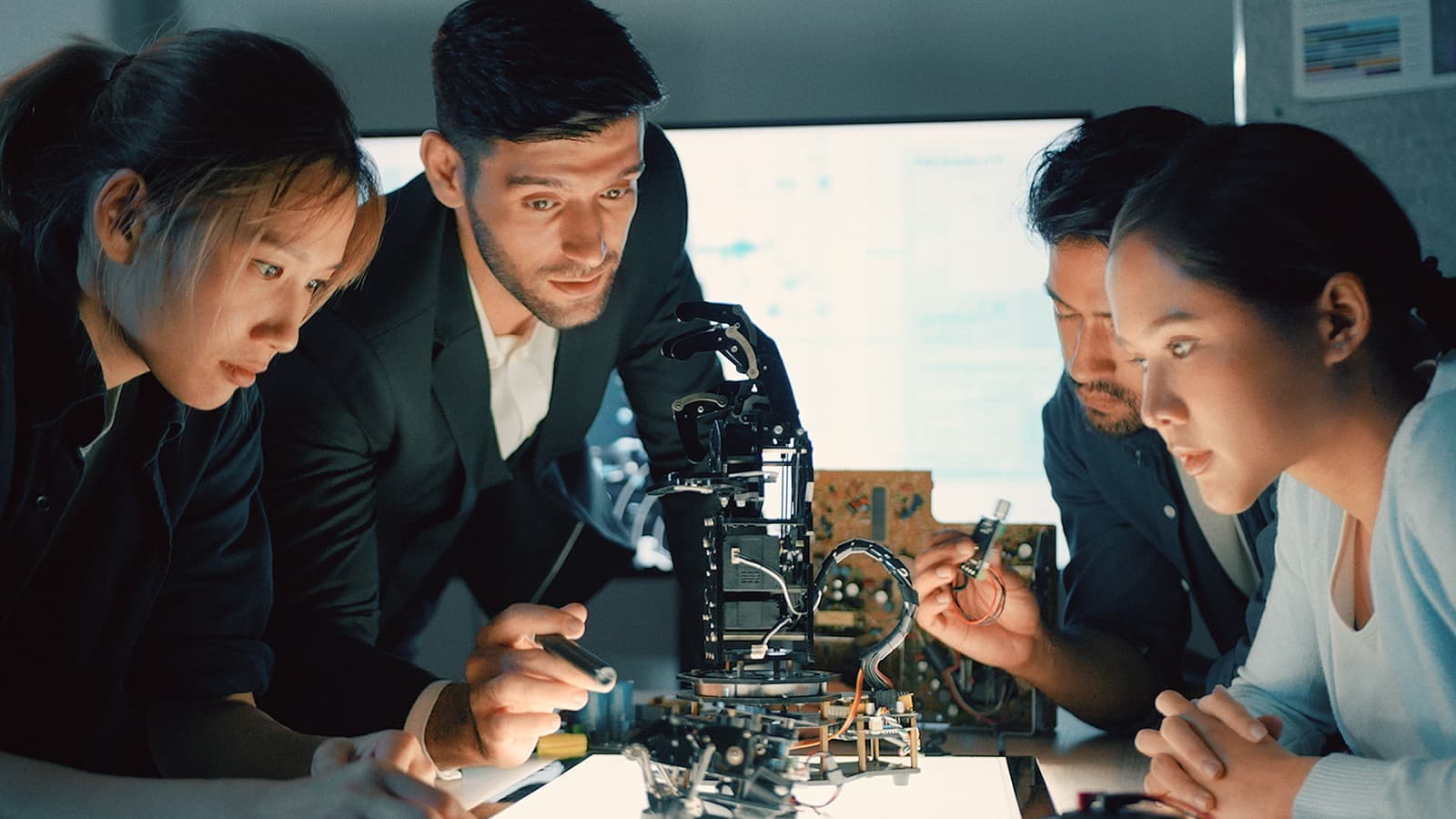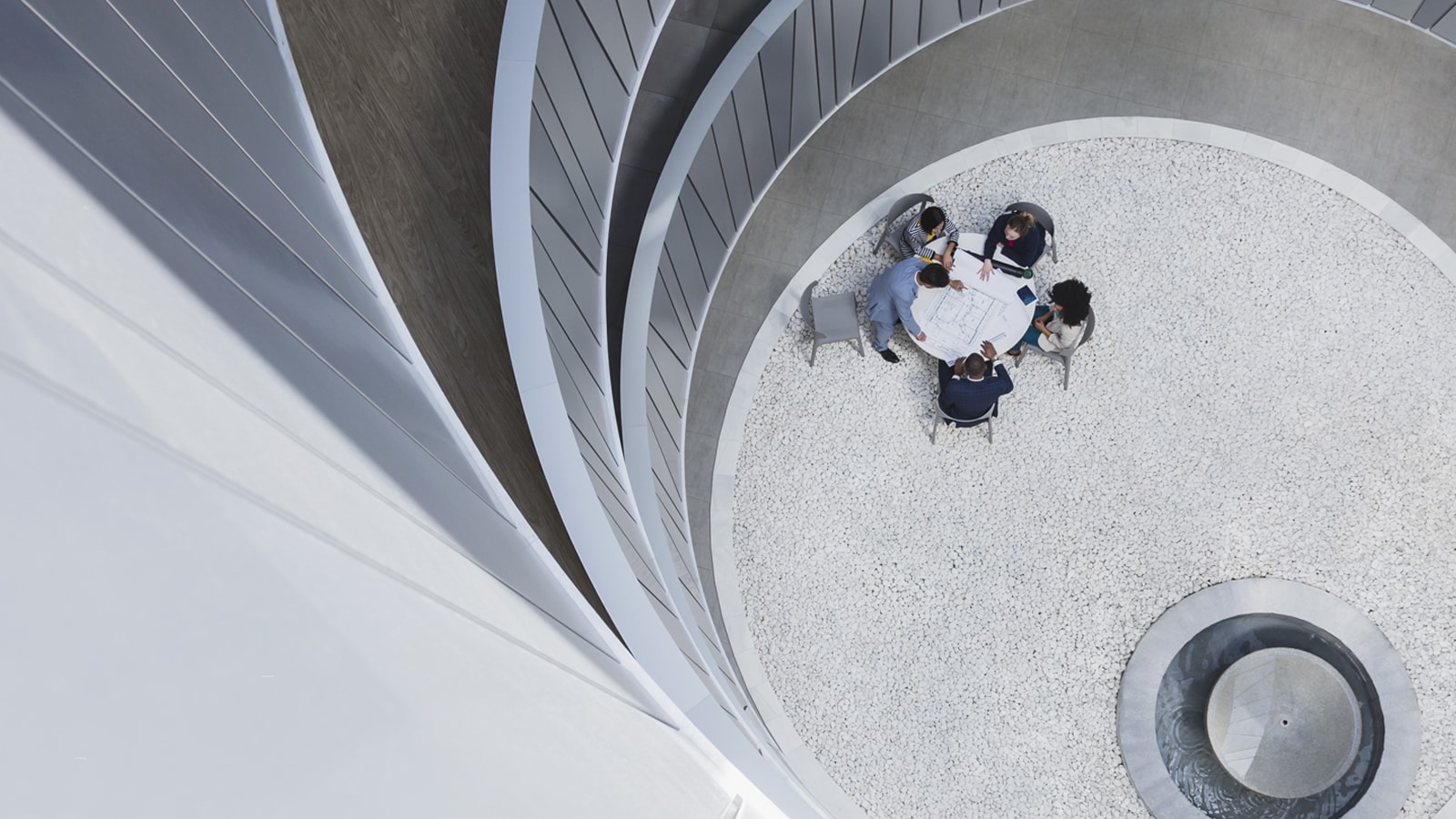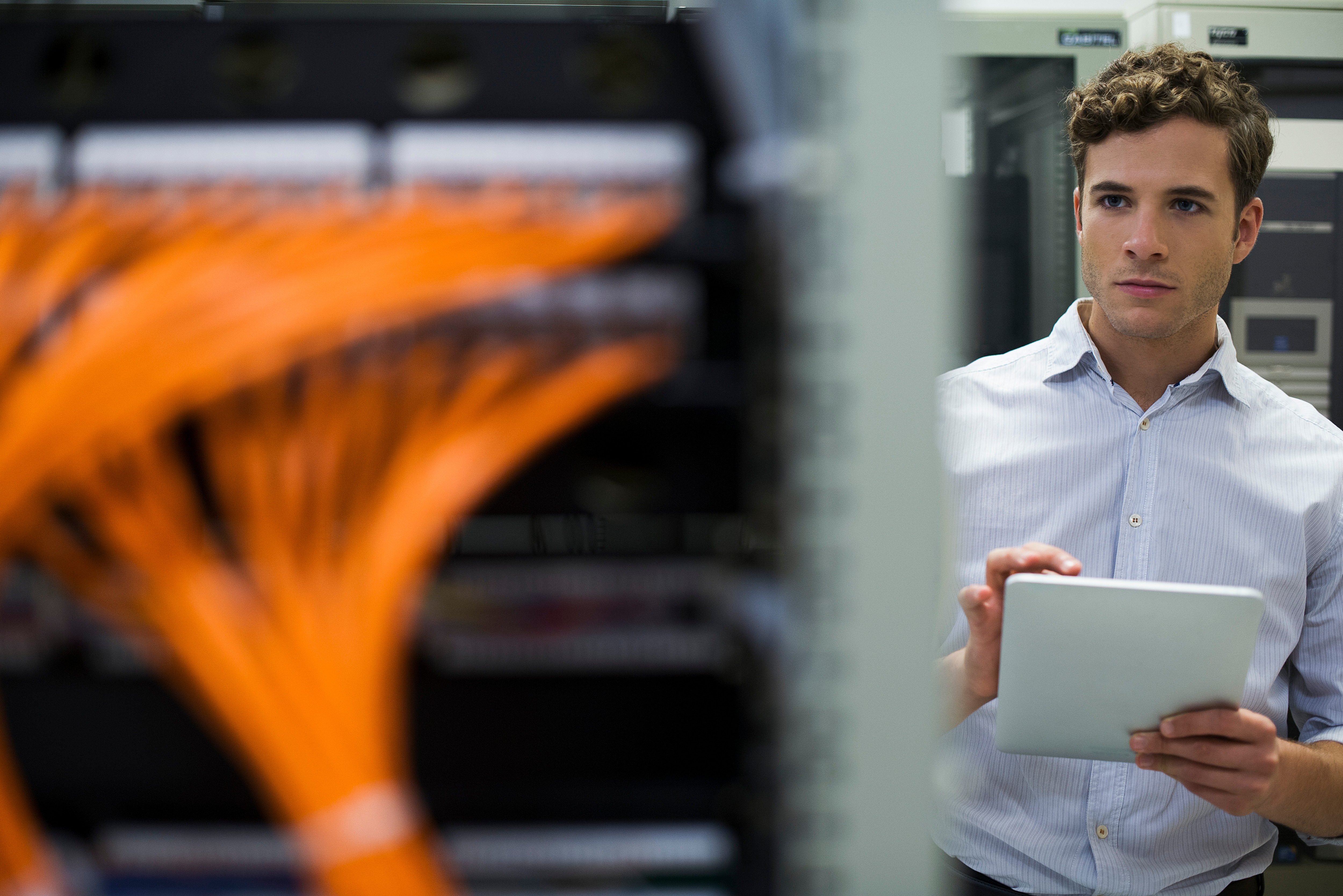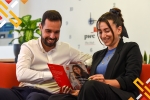Workforce

Highlights
PwC’s 28th Annual Global CEO Survey
Reinvention on the edge of tomorrow
The findings of our 28th Annual Global CEO Survey show that CEOs are reaping early productivity gains from Generative AI and rising payoffs from investments in sustainability. The challenge is to increase scope and speed

27th Annual Global CEO Survey
PwC's 27th Annual Global CEO Survey captures insights from 4,702 CEOs, highlighting the impact of Generative AI on workforce dynamics. CEOs anticipate major shifts due to AI, requiring new skills and business model adjustments within three years. They view AI as key to improving efficiency, potentially saving time wasted on routine tasks by 40%. CEOs expect AI to enhance workforce productivity by 84% if successfully implemented.

HR Pulse Surveys
The HR Pulse Survey is an annual initiative by PwC Malta, in collaboration with the Foundation for Human Resources Development (FHRD). It aims to capture the evolving landscape of human resources within local organisations. The surveys delve into people-related concerns, the state of learning and development (L&D), and the role of learning technology, among other aspects. Its goal is to serve as a valuable resource for understanding and addressing the dynamic needs of HR professionals.
2025 HR Pulse Survey
The 2025 HR Pulse Survey gathered insights from over 100 participants in the local HR community. In its eleventh edition, the survey focussed on the evolving role of HR in empowering people and shaping organisational success. It further examined workforce priorities including talent attraction and retention, organisational culture, leadership effectiveness, employee well-being, succession planning, and the use of HR data for decision making.
A snapshot into EU CEOs’ topmost workforce priorities and concerns
The 26th Annual Global CEO Survey is a flagship PwC survey which gathers the views of thousands of chief executives from across continents. It aims to identify key trends and patterns in the global economy that affect important management decision-making by leaders of the business establishment. The survey investigates what it takes to operate in the current reality through three topics - the race for the future, today’s tensions, and a balanced agenda.

How AI applications like ChatGPT impact the workplace Revitalising HR – Leveraging Employer Branding
A lot has been said in recent months about ChatGPT, a machine-learning chatbot which analyses billions of sentences from the internet to generate human-like responses to user queries. It is clear that the potential for this technology, which is still in its infancy, is enormous.

The four forces shaping your Workforce Strategy
In today’s volatile job market, having a comprehensive strategy that gives employees a reason to join and stay with your organisation is critical. The framework presented outlines the underlying forces which influence an organisation’s workforce strategy.
Organisations who understand these forces and how they apply to their workforce would be optimally placed to develop an edge in creating vibrant workforces capable of achieving sustained, positive outcomes.

The importance of leading oneself for effective leadership development
The expectations placed upon leaders during these challenging times are by no means simple.
Rapid advancements in technology, changing workforce practices, increased customer demands and a shortage of talent are just to name a few. Leaders are expected to navigate newfound territory and manage change at an unprecedented pace which means that the need for a new form of leadership is now critical.

Transforming and digitising your L&D function
Whenever we think about change, we always think about 3 main things: People, Processes and Technology. Transforming your L&D function should be no exception. Nonetheless the change process we are dealing with is complex and varied, and, in reality, ‘the sky's the limit’ when it comes to digitising your L&D function. You should never be disheartened by its complexity, though. You should start by using an iterative approach and build on it with small ‘baby’ steps. Here are a few considerations around People, Processes and Technology that you may wish to consider when drafting your transformation plan.

Upskilling for a Green Economy
The shift to a green economy is being driven by government policy, climate change, and technologies which, when combined, fuel the consumer market for green products and services. Inevitably, this shift increases the demand for employees to be reskilled or upskilled to meet the needs of the future. According to the UN Environment Programme’s Global Guidance for Education on Green Jobs Report (2021) the transition to a green economy will add an estimated 60 million new jobs to the market by 2030.

HR Analytics - Unlock the power of your workforce through data
Today’s HR function has made great strides in shifting from purely administrative in nature, to a strategic business partner which is critical to the running of the organisation. Though one key component which is lagging behind, and which makes all the difference between being a reactive HR function or a proactive one, is the area of HR Analytics.

Redefining a post-pandemic world
A four-part article series where PwC Malta’s People & Organisation team explore the journey of redefining work as we move closer towards a post-pandemic world. Each part of the series will focus on a different aspect of this redefinition in the workplace: leadership, the world of work, the workforce and wellbeing.

How the new normal is shaping the future of HR

The upskilling imperative for financial services firms
CEOs at financial services firms face a dilemma. Because the industry is changing rapidly, they must build the right skills for their organisation to continue to compete in the future. Yet doing so requires making investments that won’t generate a return for several years. In the meantime, they face relentless pressure to hit short-term financial targets.

Preparing for tomorrow, today
While the majority of businesses recognise which capabilities are important for their future success, many are failing to take the actions needed today to build or even introduce them into their organisations. These actions include using data analytics to make workforce decisions and creating a compelling work experience for employees.

Contact us














